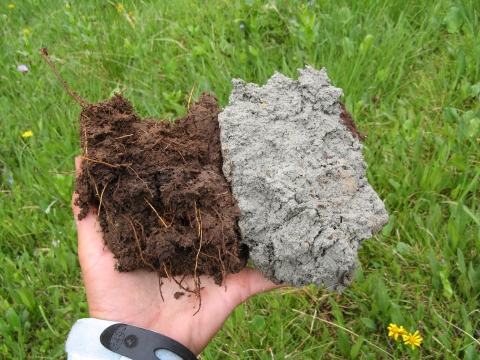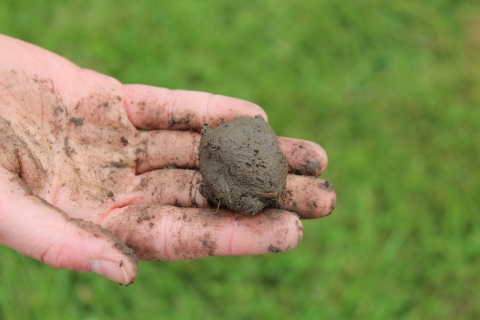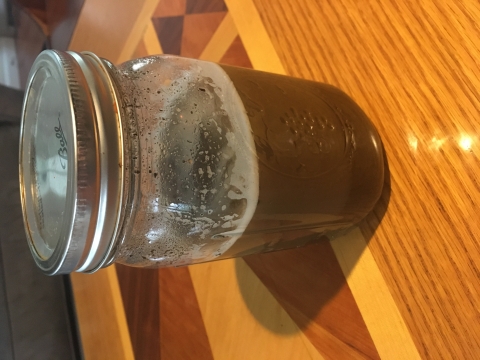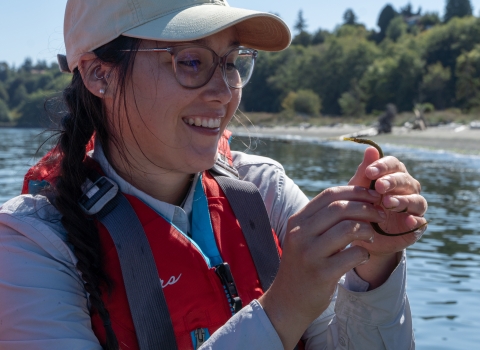Paxton, Tunbridge, Hazleton, Sunnyside, Victory. Stops on the London Underground? Lesser known Monopoly properties? Different shades of yellow interior house paint? Nope, nope, and quite possibly.
But most importantly, those are state soils — all 50 states have one, as do the District of Columbia, Puerto Rico, and the Virgin Islands — selected due to their special significance in each geography. Yes I’m being serious.
In fact, more than any other state symbol — flower, plant, even flag — soils convey a true sense of place. Soil is the stage upon which life plays out. Combined with climate, it determines the composition of our forests, the chemistry of our water, and the suitability of our land for agricultural production.
Soil itself is a precious natural product, the result of weather and microorganisms breaking down materials like bedrock over a long period of time. It deserves special recognition not only because life depends upon it, but because we can’t take it for granted. Think of the Dust Bowl, when a combination of bad luck and intense farming destroyed the soil base of the American prairies in the 1930s. The only thing those depleted soils produced was "The Grapes of Wrath."
Today, soil science is an important part of managing farmland, and sometimes, managing wildlife habitat. For the U.S. Fish and Wildlife Service, soil often comes into play in wetland conservation. This may sound obvious, but to protect a wetland, you need to know where it is — that’s not always apparent on the surface.
“Some wetlands, like vernal pools, dry up completely in the heat of the summer,” explained Susan Wojtowicz, with the National Wildlife Refuge System, who has created lesson plans on wetland soils for the Adopt a Habitat program.
“By looking at the color of the soil, we can tell if an area is saturated for a certain percentage of the year — the defining parameter for a wetland,” she said.
In other words, soil gives you the dirt on what else is happening, or has happened, on the landscape. If you’ve never given much thought to what’s underfoot, now’s a good time to dig in. I mean that literally. Soil science means getting your hands dirty. Parents of small children: you’re welcome!
For someone who really wants to dig in
The words most of us think of as names for different materials — sand, silt, and clay — are actually words soil scientists use to describe different sizes of the same material. Sand, silt, and clay in a given area all develop from one parent substance — like bedrock — they are just at different stages of their evolution. Grains of sand are the largest (and youngest) particles in the soil, followed by silt and then clay. Soil scientists use a process called texturing to determine the relative makeup of particles of different sizes based on they way the soil feels. That’s true grit.
Why does soil texture matter? Knowing the makeup of soil offers valuable information for planners, like how quickly water will percolate through the soil and what will grow best in an area, if anything.
You can interpret your soil by feel, sort of like a “Choose Your Own Adventure” mystery for mud, using this basic process (you’ll want to do this outside):
- Scoop a sample of soil into a bowl, and wet it just enough to create workable mud.
- Pinch some mud between your thumb and forefinger, and rub them together to determine its grittiness.
- Form a ball with the mud by rolling it between your palms.
- Toss the mud ball in the air and catch it to see if it stays in tact.
- Form a “wire” with the mud by rubbing it between your palms.
- Form as long a ribbon as you can with the mud by squeezing it with your thumb and finger.
- Wash your hands, please.
For someone who just wants to scratch the surface
Not everyone wants to make balls of mud. Fortunately, you can explore soil composition visually by making a soil shake. All you need is a glass jar, like a canning jar or empty pickle jar, and a sample of soil from outside.
Here’s what to do:
Find a spot outside in a grassy area or near some trees, clear away organic materials on the surface (grass, leaves, twigs, etc.), and dig down several inches into the soil with a shovel. A big spoon will work too.
- Scoop soil into your jar to fill it about a quarter of the way to the top, and bring it back inside.
- Add water to fill the jar about three quarters of the way to the top, put a lid on it securely, and shake vigorously for about two minutes.
- Set the jar down on your counter, and after a few minutes you will notice the heavier sand particles settling at the bottom.
- Go do something else for a few hours, and then look at your jar. You should see distinct layers created by different materials of different sizes settling out, with sand on the bottom, silt above it, and clay above that. Organic material will float on the surface.
For the armchair soil scientist
The USDA Natural Resources Conservation Service’s Web Soil Survey provides a treasure trove of soil data and information produced by the National Cooperative Soil Survey. With soil maps and data for more than 95% of the counties in the United States, the Web Soil Survey is the single authoritative source of soil survey information, and an invaluable tool to inform planning, whether in a community, on a farm, or in your backyard.
The free online tool lets users:
- Select an area of interest using predefined units like counties, or by entering an address and drawing a rectangle or polygon around it.
- Select the “Soil map” for your area of interest to see what’s underfoot.
- Use the “Soil data explorer” to determine the suitability of the soils for certain uses.
If nothing else, check out the Natural Resources Conservation Service’s soil gallery to see what your state soil looks like. Learn its name, read its story, and foster your sense of place.








